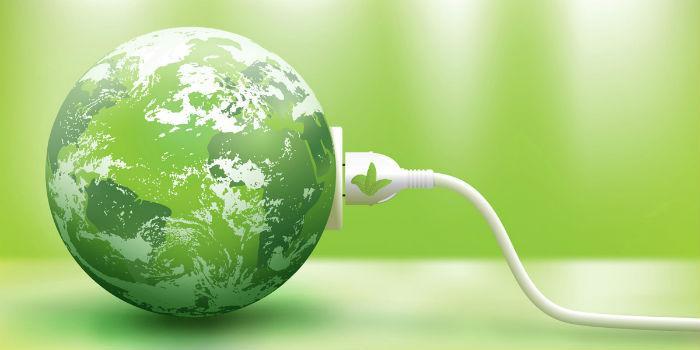 Latin America. Natural or artificial light has become a concept in which techniques have been generated that break the paradigm of the basics and evolve to be a fundamental part of the environment, the comfort of users and even their visual health.
Latin America. Natural or artificial light has become a concept in which techniques have been generated that break the paradigm of the basics and evolve to be a fundamental part of the environment, the comfort of users and even their visual health.
In homes and offices, lighting is essential to set the spaces, but we must make the exception, this is not a merely aesthetic issue. The human eye needs to have the right light in each space for its optimal performance, which is why Schneider Electric, a leader in the digital transformation of energy management and automation, offers some tips:
1. Use quality light: Artificial light is said to be of quality when it contains only visible electromagnetic radiation, i.e. that which does not include violet light. The human eye is uncomfortable when this light is present, therefore it is essential to protect yourself from this radiation. Lamps are sources of artificial light that emit electromagnetic radiation, so it is recommended to use warm light lamps (color temperature below 3000 K) and spectrum between 440 and 780 nanometers.
2. Evade contaminated light: Not all the radiation emitted by a lamp is light, it can also emit other types of radiation such as ultraviolet or infrared. The electromagnetic spectrum of emission of a lamp allows to assess the quality of the light it emits. Emissions in the ultraviolet spectrum, in addition to being useless to the eye, harm the human eye. These also produce an important environmental impact that significantly alters the life cycle of some animals and plants sensitive to this spectral range.
3. Use the precise light: Each activity requires a certain light. For example, in studios, kitchens or spaces intended for watching television, it is not recommended to use the same amount of light. In addition, by regulating the intensity of the lighting you will create a different atmosphere in each activity.
4. Focus the lighting: In the lamps, the screen must direct the light towards the area that wants to be illuminated to take advantage of all the light emitted. Avoid excess emission and do not illuminate natural spaces.
5. Prevent glare: Too bright a light obfuscates the view, can lead to confusion, discomfort, inability to distinguish objects and even moments of blindness. If you use quality light, direct it to the place where you need it and in the precise quantity.
6. Turn on the lights: It is wonderful that, throughout the night, when there is no natural light, people can continue the activity thanks to artificial light, but remember to only turn on the necessary lights.
7. Respect your neighbors: If you install a light that is too powerful and bright outside, it is important that you do not place it on the edges of another house or office, for some neighbors this may seem like an invasion of privacy.
8. Respect your biological rhythm: Respect for the day-night cycle is fundamental to the psychological balance of people. If outdoor lights enter spaces of houses or buildings, their inhabitants will not be able to rest. At night, lighting should make the atmosphere pleasant and welcoming to allow people to be relaxed and prepare for deep sleep.
9. Avoid environmental damage: Respecting the day-night cycle for animals can mean the success of the survival of many of them. Breaking the natural clarity of the night disorients animals and can affect a link in the food chain, that is, the process of transferring nutrients through the different species of a biological community (food chain). Light modifies the behavior of animals, alters the reproduction of some insects and affects the pollination of plants, so it is important not to direct bright light into the natural environment.
10. Reconcile the light with the landscape: For night activities, put lights that do not modify the landscape of the night. Respect natural clarity and enjoy the starry sky. The creation of a valid environment requires the convergence of aesthetic factors -material, texture, position, color- and of the light and functional elements -natural and artificial light formalized effectively-, so that the well-being of the user becomes the axis on which the entire design revolves.


























Leave your comment